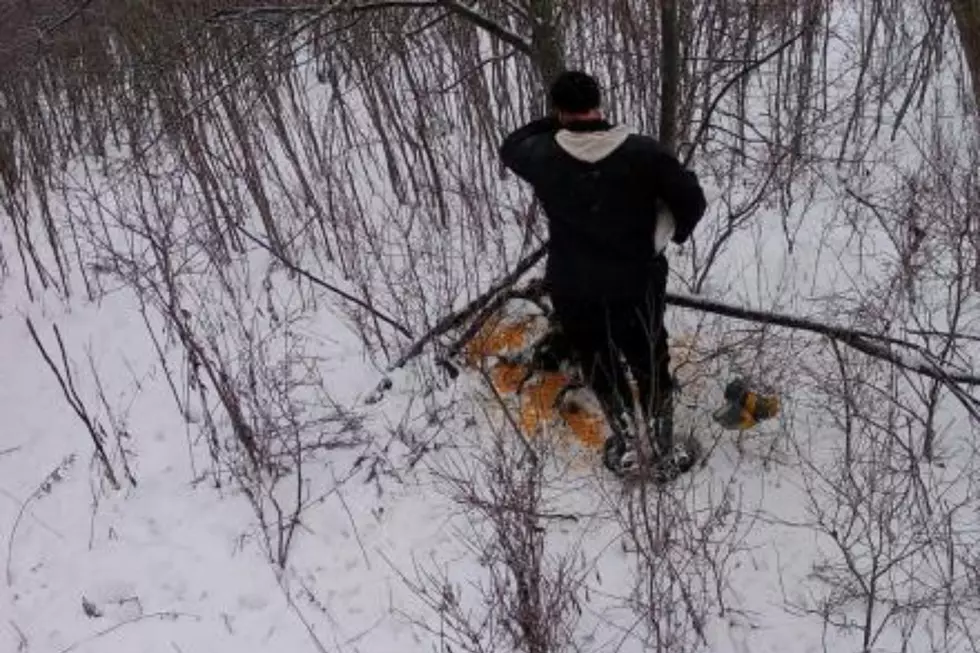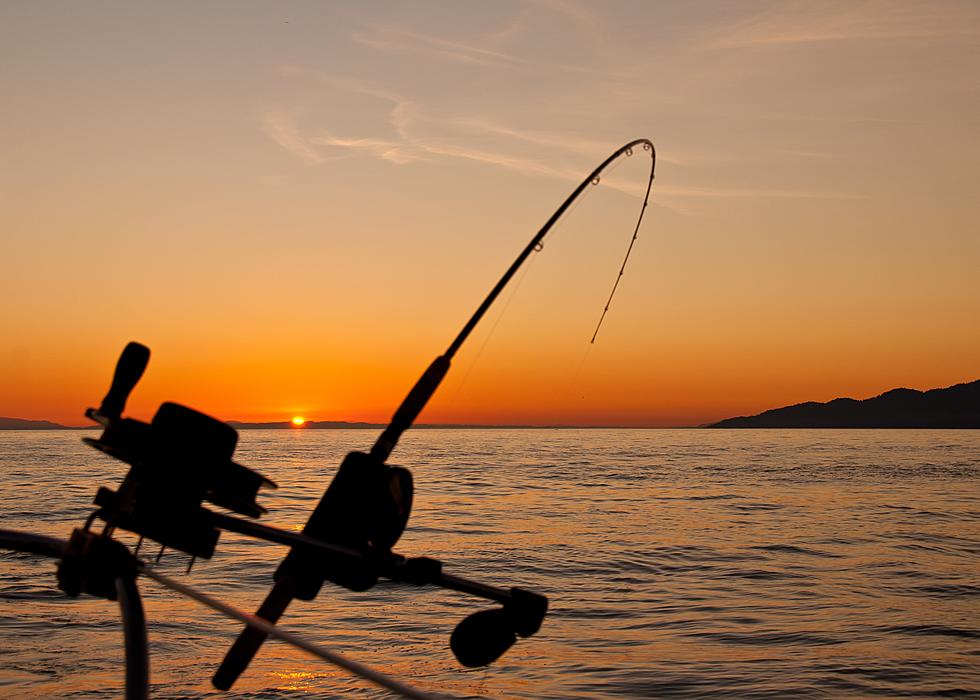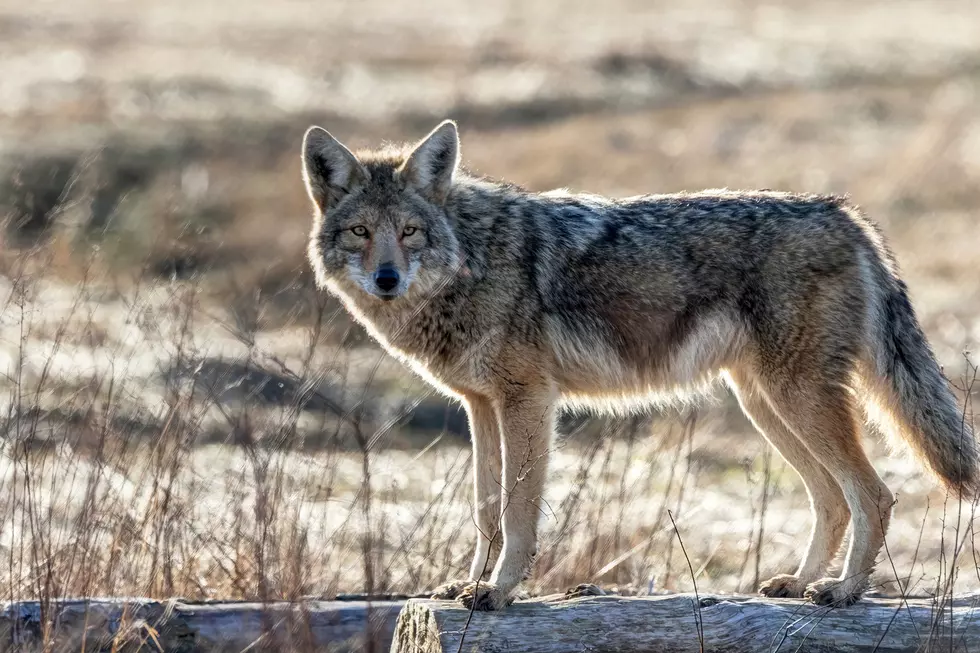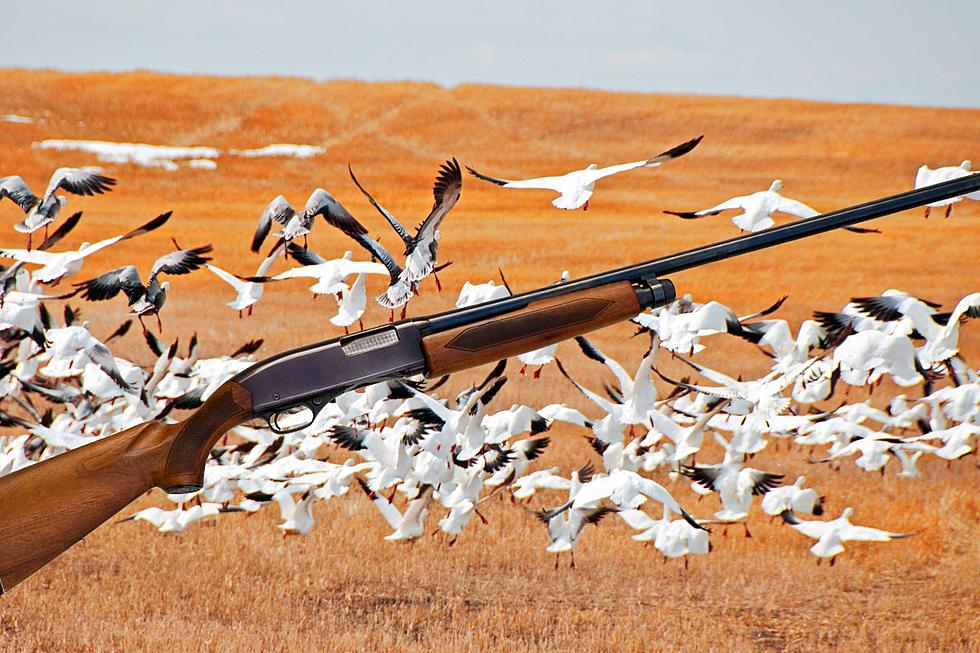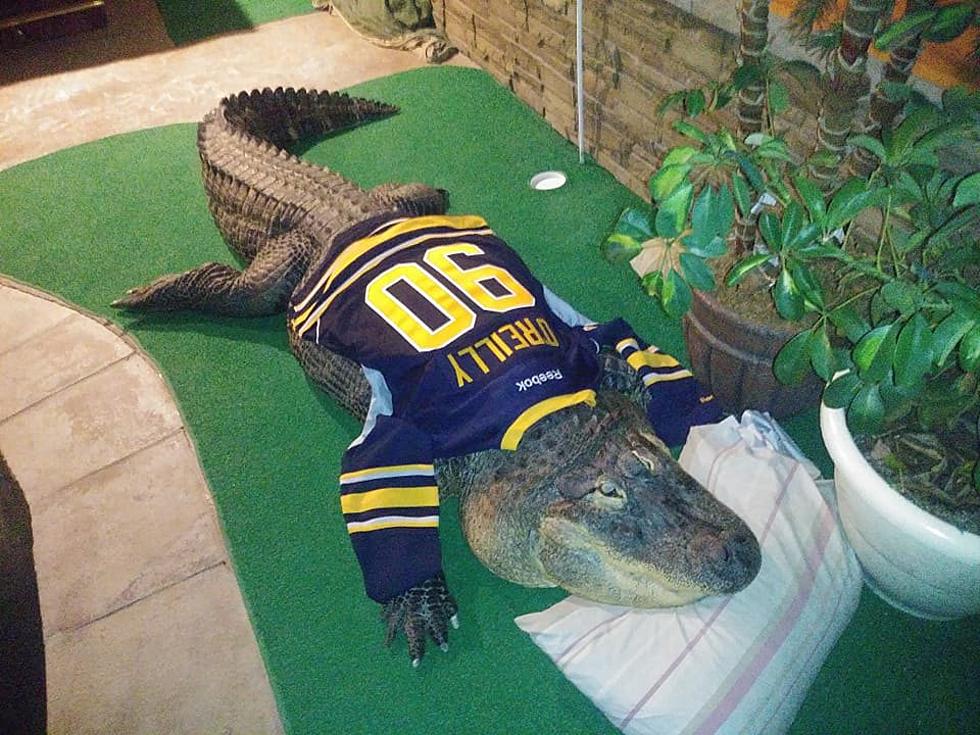
Why Did New York Hunters Take More Deer, But Fewer Bucks in 2020?
Just like New York's 2020 turkey season stats, deer season saw an increase in the number of hunters in the field which in turn led to more deer taken. With COVID shuttering almost all other activities, it's not surprising data. The unexpected statistic is, there were more antlerless deer taken than bucks.
The New York State Department of Environmental Conservation's annual estimate on the deer take shows a 30-percent increase in antlerless harvest and a three-percent decrease in buck harvest as compared to 2019. The numbers were consistent across the board for bow, muzzleloader, or rifle hunting. Officials think they know why.
Just as the COVID lockdown put more hunters in the field, the DEC believes it also had more people actually looking to put food on the table, as opposed to waiting for a trophy buck. Whatever the reason, the numbers were perfect for the state's goal of controlling the deer population. More antlerless deer were taken in Deer Management areas where overpopulation was a big concern. Hunters also passed over younger bucks (year and a half old) to take older ones ( two and a half years old). That too, coincides with New York's Let Young Bucks Go and Watch Them Grow campaign.
Some other encouraging news from the report, a huge increase in the number of youth hunters. After years of declining participation, 14 to 15 year old hunters jumped 23% in 2020. The DEC hopes it means a continued growth in hunting for future years. Here are some of the numbers from the 2020 Deer season.
- 7% increase in the number of licensed hunters in the state, more than 588,000
- 10% increase in the number of bow hunters, 251,000
- 6% increase in the number if muzzleloader hunters, 253,600
- Hunters in the Northern Zone took 33,260 deer, a 10-percent increase
- Hunters in the Southern Zone took 220,730 deer, a 14-percent increase
You can see the full report on the 2020 Deer Harvest Summary, including county by county breakdowns at the DEC's website.
Susquehanna Eaglets Learn to Feed Themselves
LOOK: Here Are 30 Foods That Are Poisonous to Dogs
More From Big Frog 104
